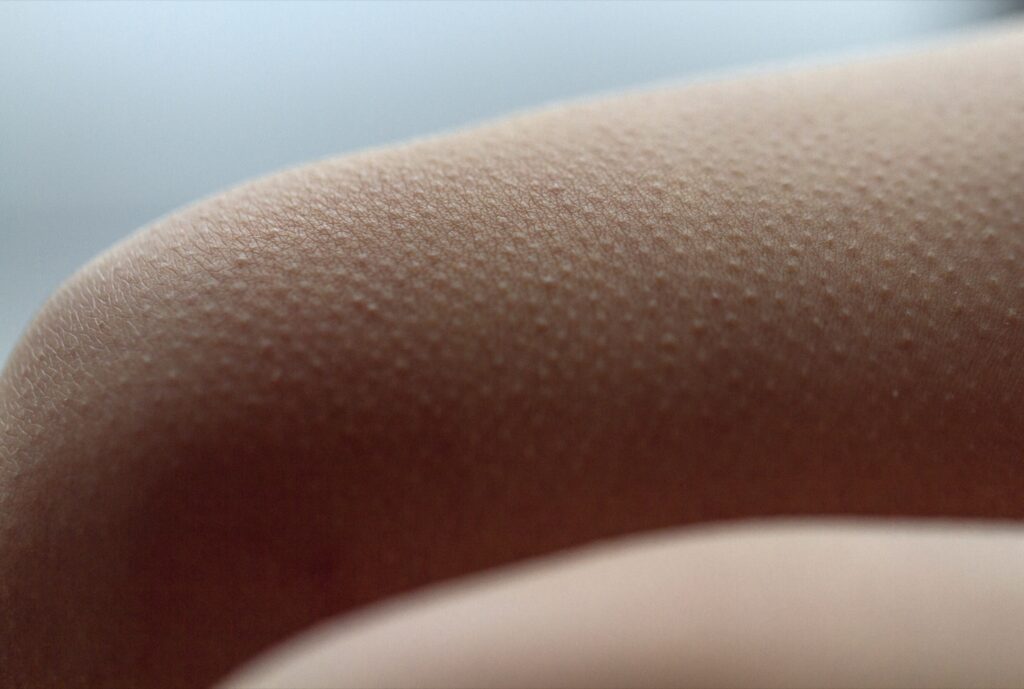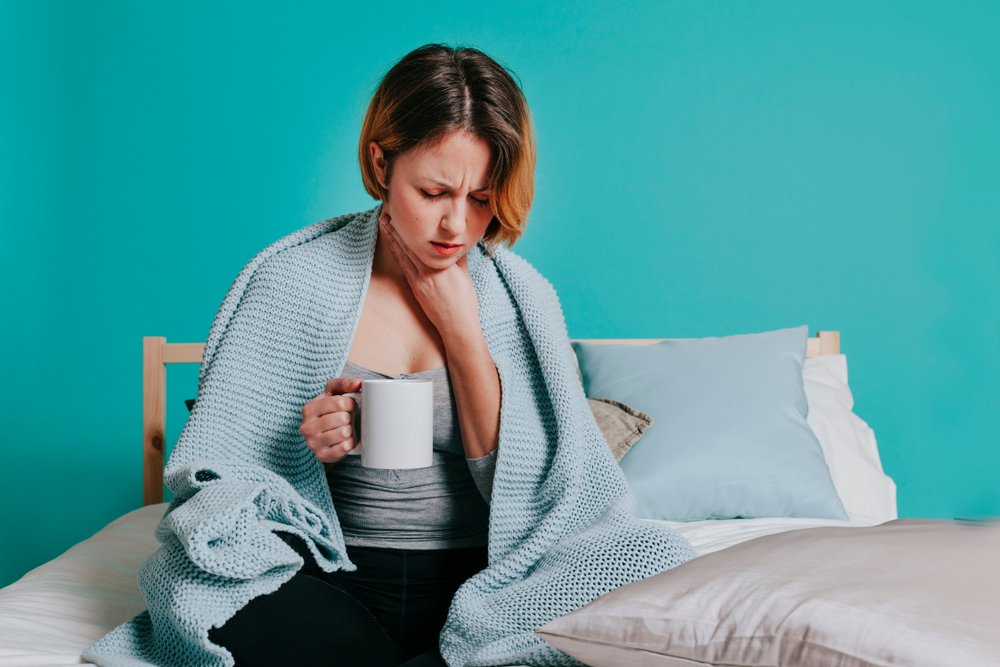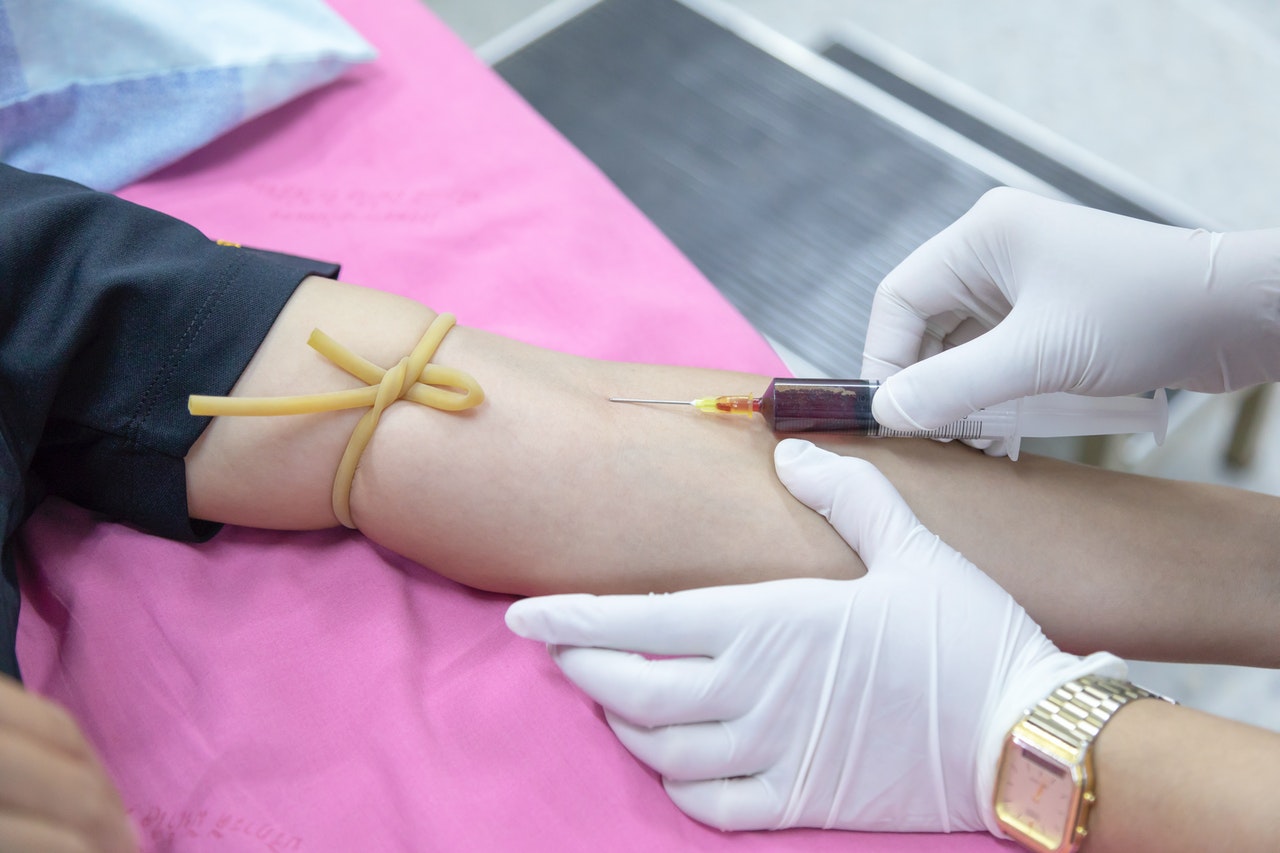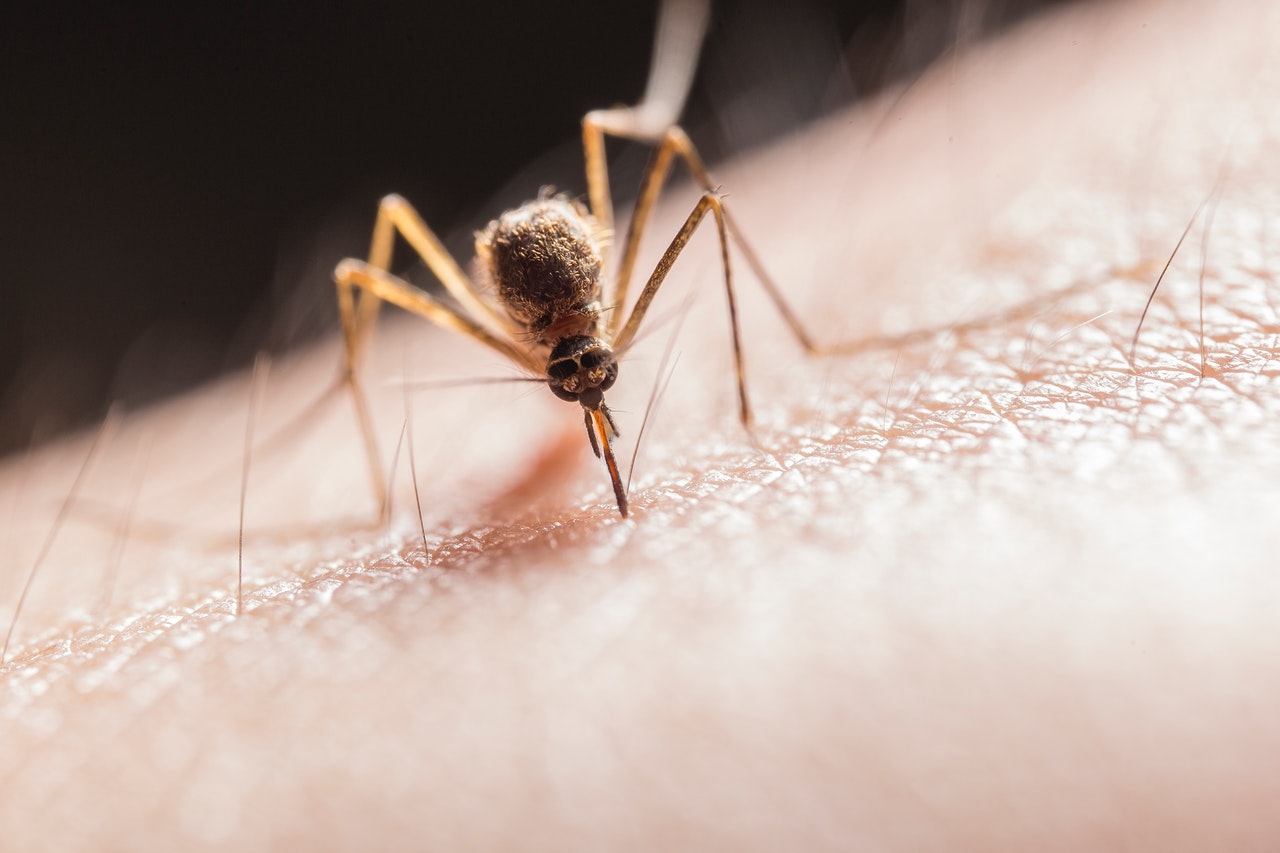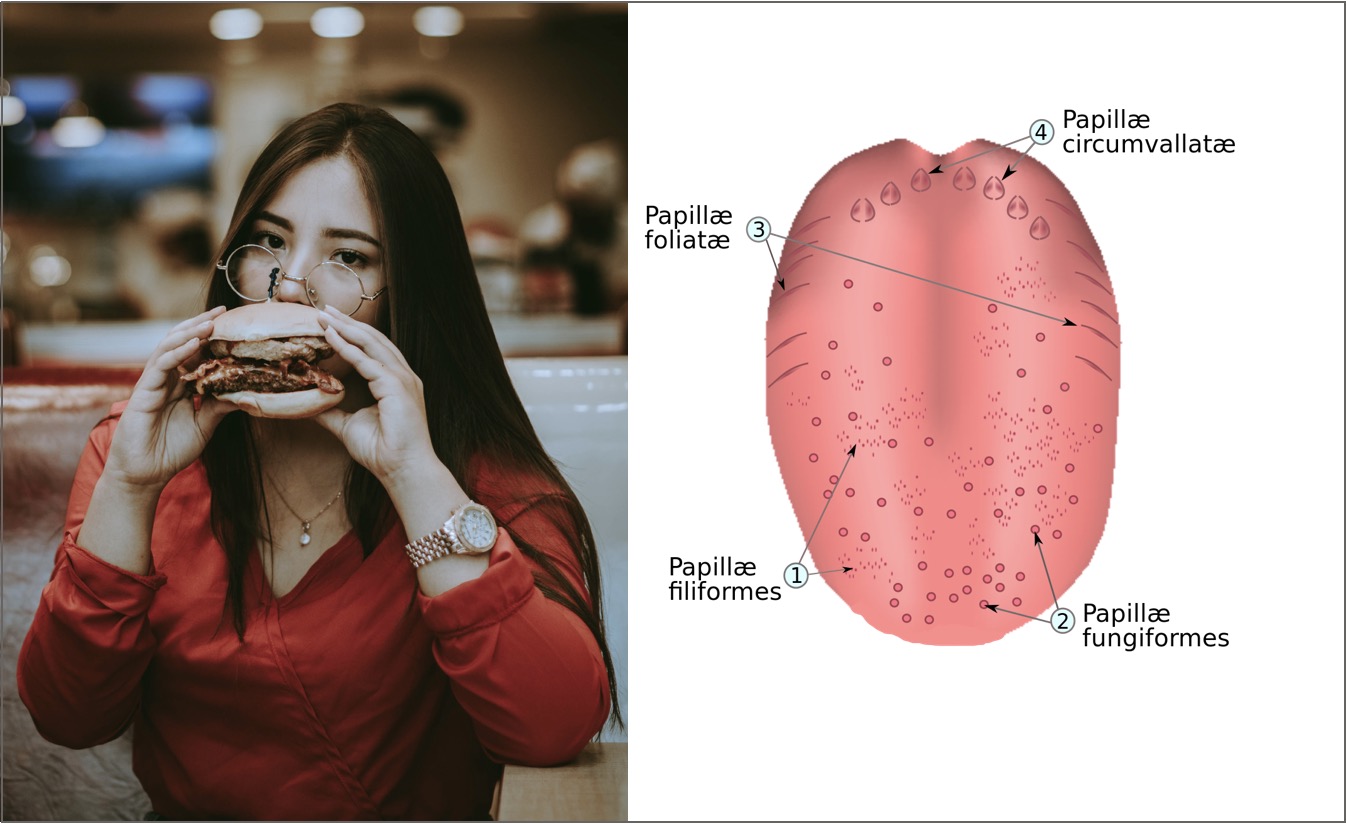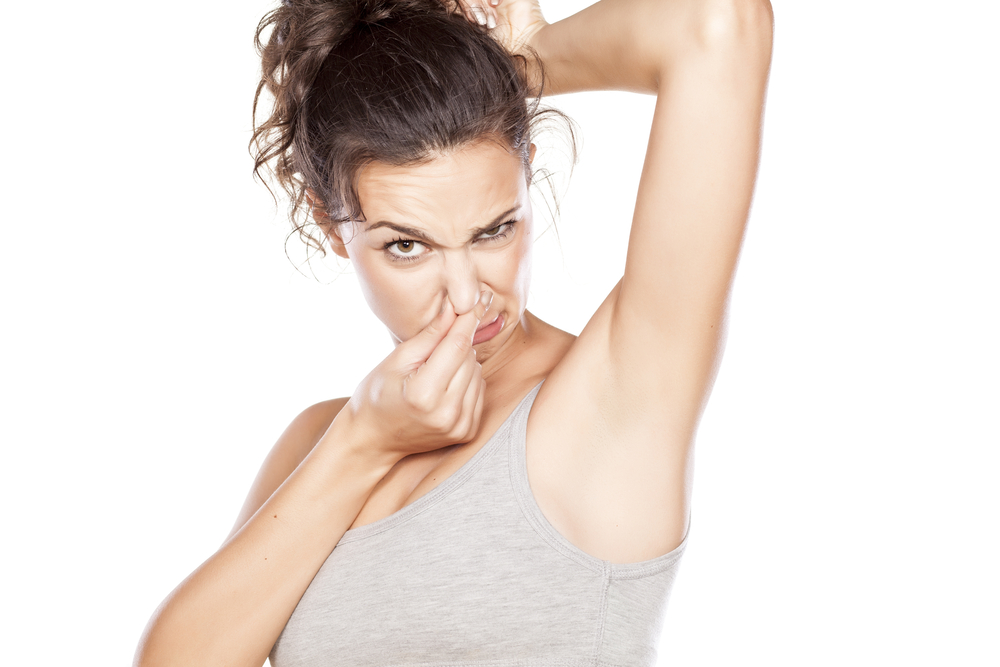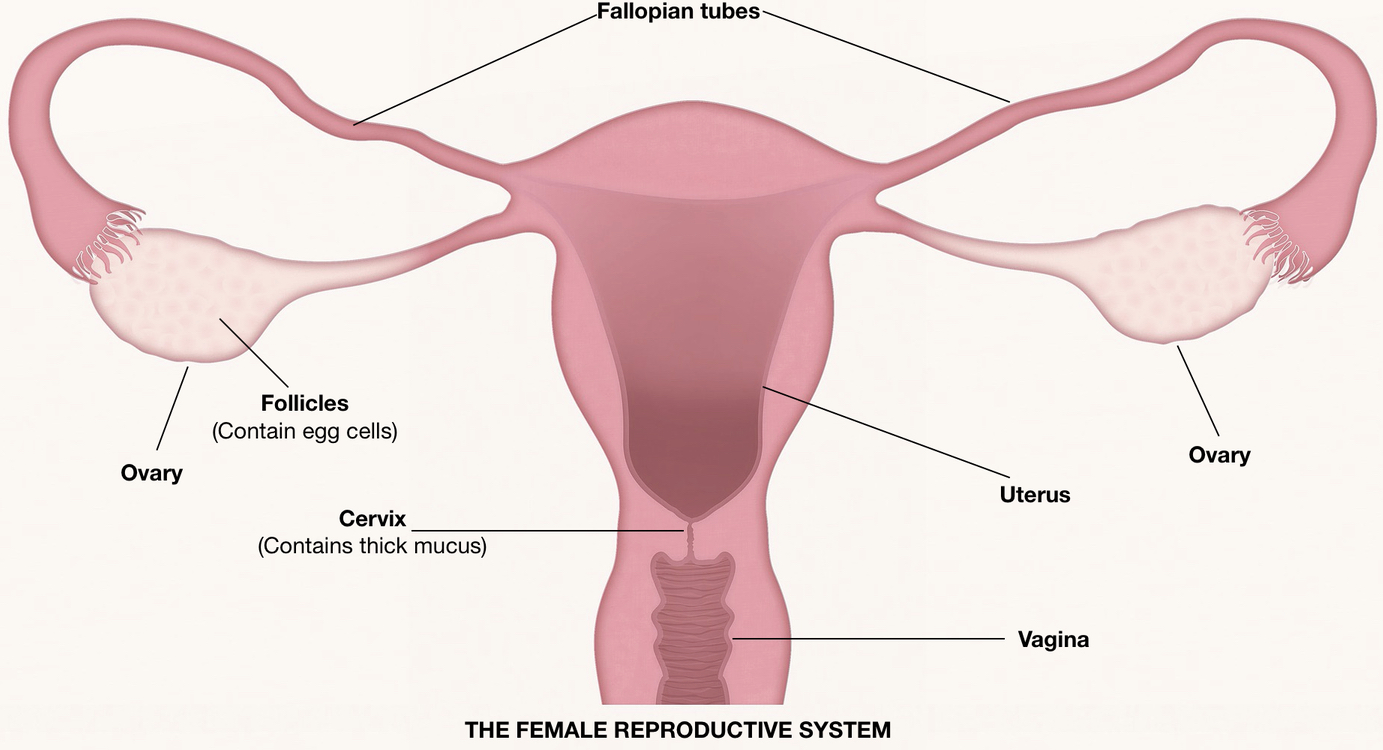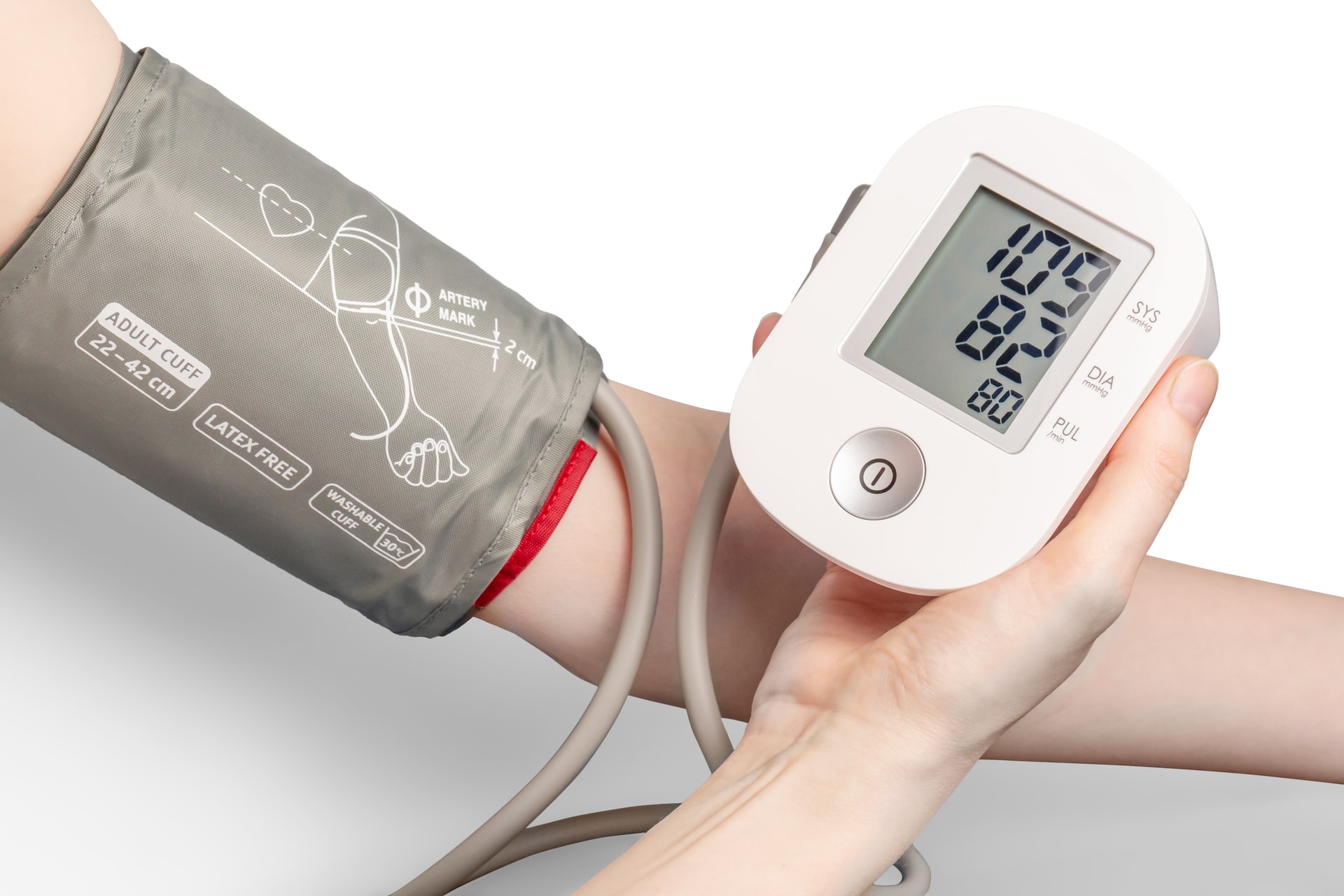Reading Time: 2 minutes
- When we come across a stressful situation, various changes happen in our body to prepare it to react, i.e., fight or run (fight-or-flight response).
- The fight-or-flight response is triggered by the release of adrenaline, a hormone secreted by the adrenal glands present on top of the two kidneys.
- The release of adrenaline leads to many physiological changes that pull out energy from ‘non-essential-at-that-time’ functions (e.g., feeling pain, critical thought) and transfer that energy to functions that will aid our survival (e.g., lungs’ expansion for a higher intake of oxygen).
- Now, our outer skin is full of hair follicles (dot-like parts of the skin that grow hair), and the base of each of these follicles is attached to a tiny muscle called arrector pili.
- Adrenaline in the body causes all the arrector pili muscles to tighten, making the hair stand upright, causing goosebumps.
- They are called goosebumps because of the visual similarity to how a goose’s skin gets bumps when its feathers are freshly plucked.
- Facing cold weather today may not be a stressful situation for most of us, but for our ancestors – thousands of years ago – who had to face it with bare bodies, it was stressful.
- So, the body worked out this automated response – when the hair stood upright, they trapped the air between them, and since air is a good insulator, it didn’t let the body lose heat.
- While goosebumps to fight cold made sense for our ancestors because they were hairy and had thicker hair, they don’t solve many purposes for us today, but the feature continues to exist in our bodies.
- Because it is related to stressful situations, it also came in handy when our ancestors felt threatened by an animal.
- The standing of hair made their bodies looked bigger that made them not-so-easy-choice to attack.
- This phenomenon can also be observed in cats and dogs when they sense danger or feel threatened.
- Even listening to an emotionally moving song, recalling an old memory, watching horror movies, or adventure sports, etc., can also give us goosebumps because these activities also lead to the release of adrenaline.
- Other signs of adrenaline release include sweaty palms, shivering hands, tears, a racing heart, or an uneasy feeling in the stomach.
Image courtesy of Goffkein through Adobe Stock
Reference shelf :

